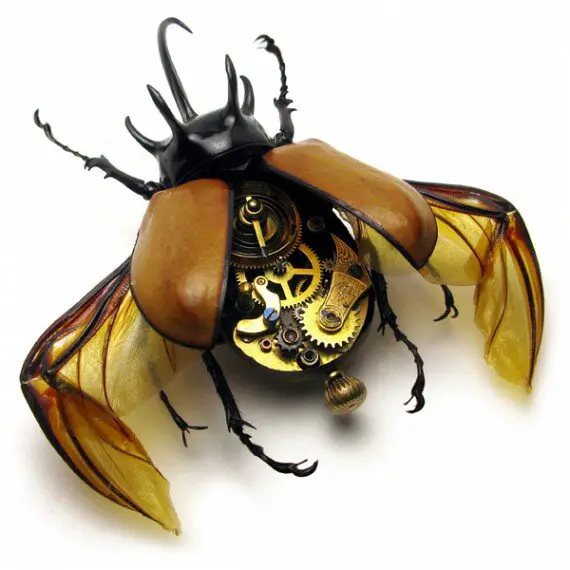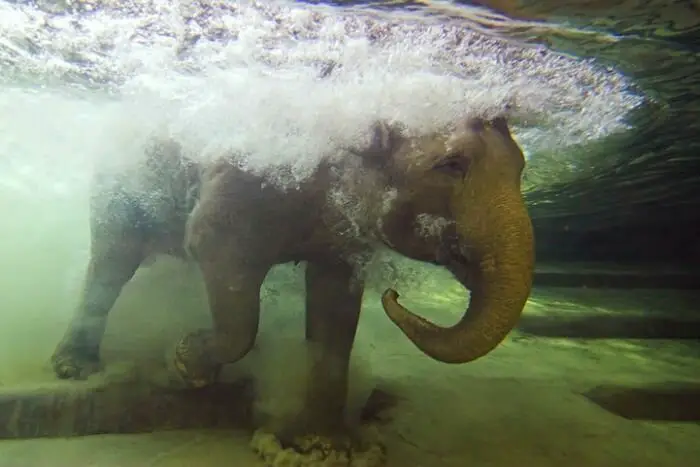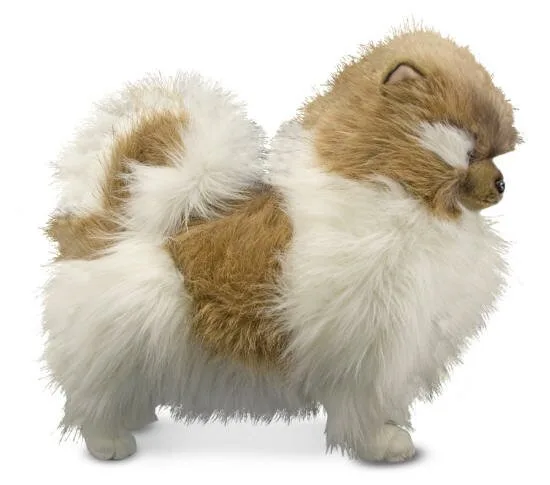Ever dreamed of getting yourself a pet that’s just a little bit different from your average cat or dog?
Well, Angela Goodwin, a freelance writer and exotic animal educator from Oregon, USA, has been sharing her home with a pair of Tamandua anteaters called Pua and Stewie for the last three years.
Having been rescued from their native Guyana before an imminent cull, the long-nosed mammals have, says Angela, done very well since moving from their home as baby anteaters.
Speaking highly of their temperament and intelligence, Ms Goodwin says that she finds her anteaters to be very loving little creatures indeed:
“They adapt very well on a personality level.”
Not only that, but Pua and her owner now also share a bed:
“She talked her way into sleeping in bed with me in a couple of weeks … She wanted to sleep hugging my hand.
“Now she likes to lie in the washing machine, but will take naps with me when she feels like it…She will lay over my back or chest like a baby would on their mom.”
Despite Angela’s fondness for her strange little anteaters, she does have a couple of words of warning about their behaviour:
“They can be trained to pee on a mat but their pee smells skunk-like and they can also release a terrible odour when scared.
“They also tend to dribble pee a bit. Kind of like having a giant rat. They can’t help that.”
And if that’s not enough to deter you, Angela also added:
“And they are also very messy eaters”
Not deterred? Plenty of pet insurance companies will compensate in the case of furniture and carpet damage, depending on the cover you choose. It’d be a good idea to look into insuring your prospective anteater with moneysupermarket pet insurance – they’ll compare hundreds of quotes to give you the absolute best deal.
By all accounts, though, ant eaters make very good and rewarding house pets – if, of course, you do your research on how to care for them beforehand.
Known for having unusual dietary requirements, Mrs Goodwin feeds her ant eaters some rather strange concoctions of ground beef heart with silkworm pupae, thyme, spinach, wheat bran, flax seed and vinegar for her ant-loving pets. Yum.
Native to the warmer climes of Central and South American, ant eaters are related to armadillos and sloths – the three main types being giant anteaters, pygmy anteaters and Tamanduas.
Keeping Pua’s tropical origins in mind, Ms Goodwin dresses Pua in little jumpers to make sure she doesn’t catch a cold in Oregon’s cooler climate.
“I started putting little sweaters on Pua and she didn’t seem to mind so now she’s got a whole wardrobe of clothes,” she said.









